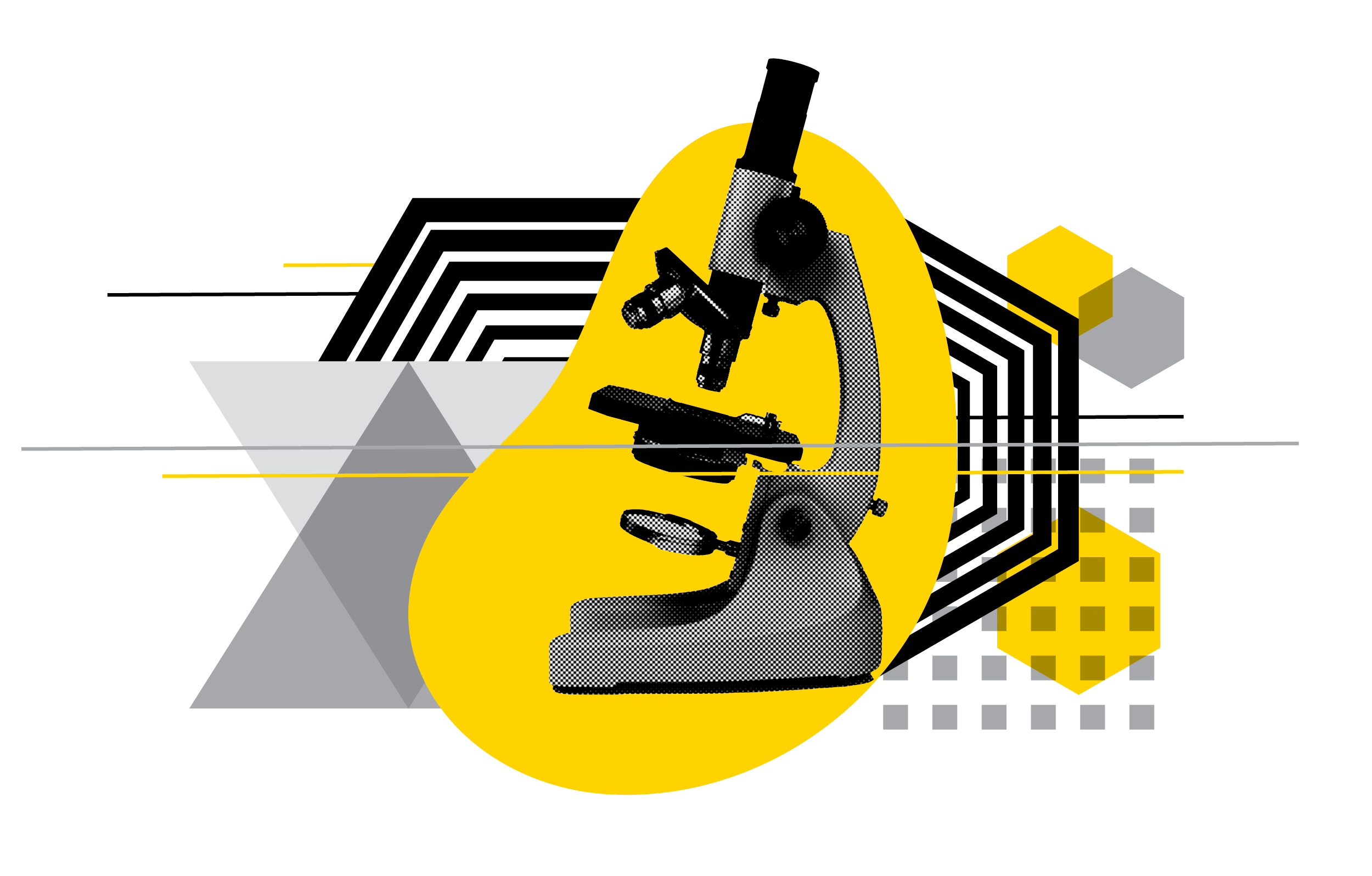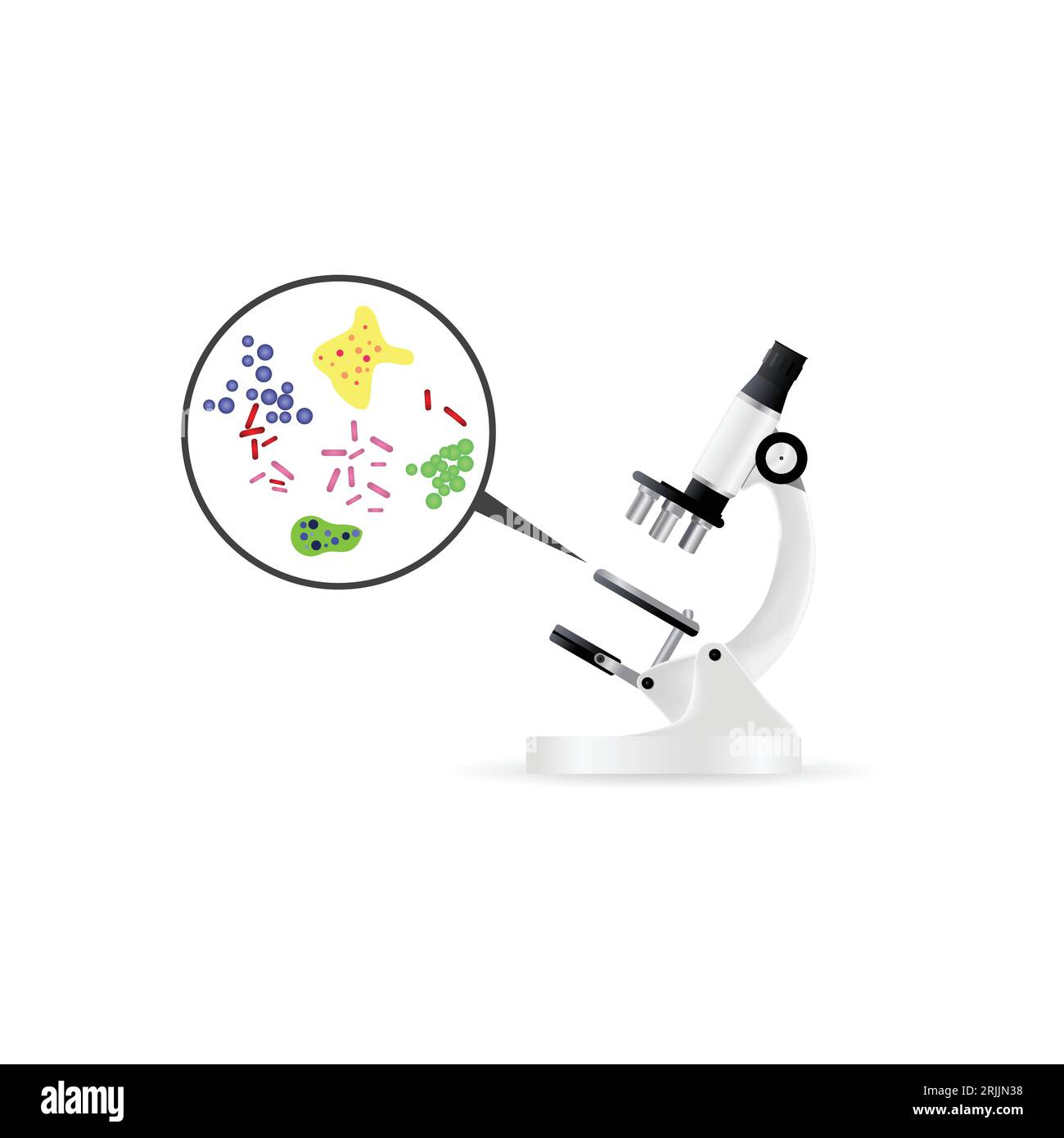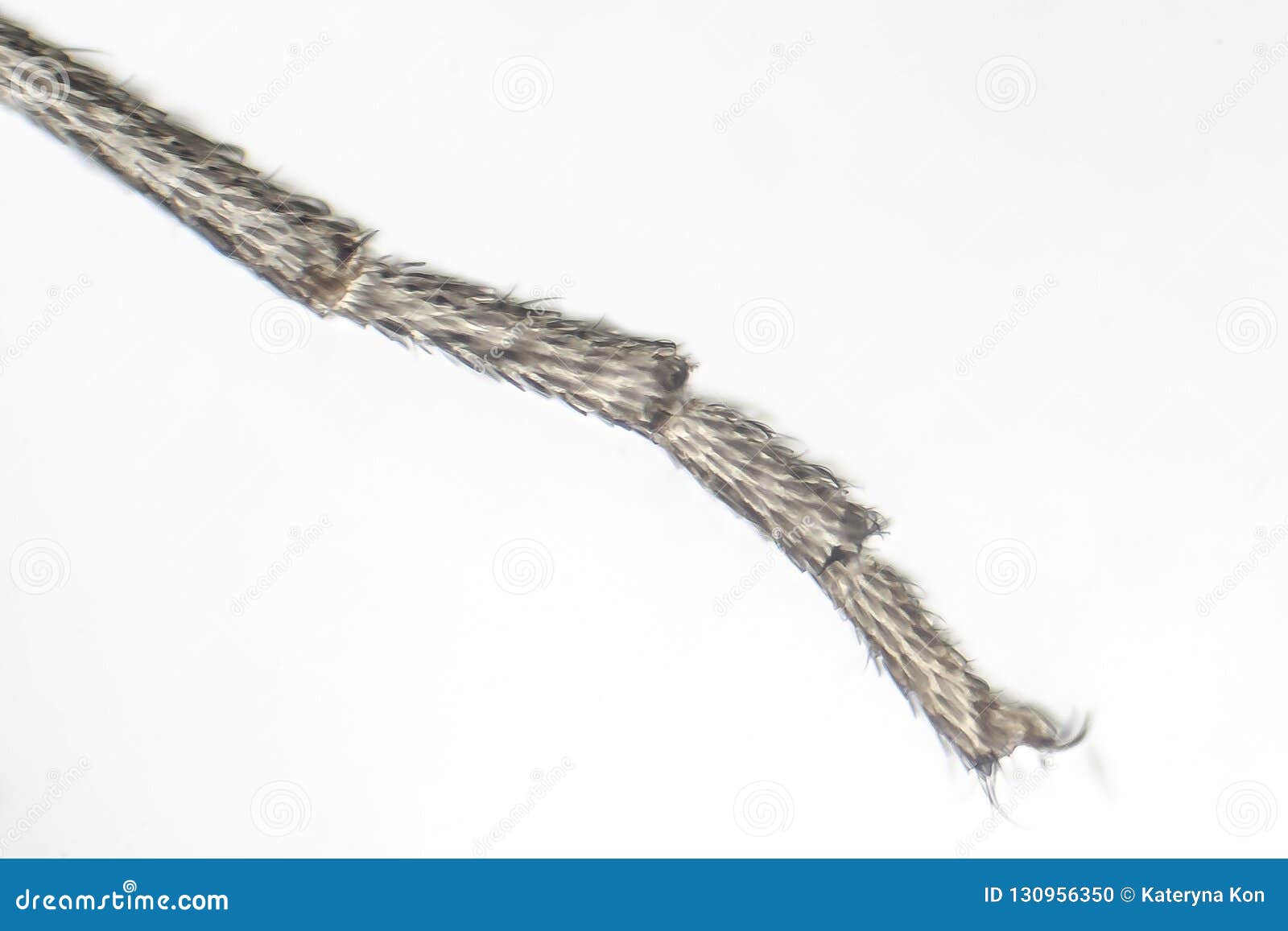Have you ever wondered what your nails look like under a microscope? Well, buckle up because we're diving deep into this fascinating world right now. Nail under microscope is not just some random scientific curiosity; it's a gateway to understanding how our bodies work on a microscopic level. Imagine zooming in so close that every tiny groove and ridge becomes a mountain range. Sounds crazy, right? But that's exactly what happens when we take a closer look at something as ordinary as our nails.
Now, before we jump into the nitty-gritty details, let's talk about why this even matters. Our nails are more than just accessories for nail art or hand care. They're actually a window into our health. By examining them under a microscope, scientists can detect early signs of diseases, nutrient deficiencies, and other health issues. So yeah, those little things on your fingers and toes are kind of a big deal.
And here's the kicker—what you see under the microscope isn't just cool, it's mind-blowing. From the way the nail cells grow to the patterns they form, there's so much more to discover. This article will take you through everything you need to know about nails under the microscope, including how to do it yourself, what you might find, and why it's important. Let's get started!
- Gon Happy Your Ultimate Guide To Living Happier Every Day
- Was Kris Jenner Arrested Unveiling The Truth Behind The Headlines
Table of Contents
- What is Nail Under Microscope?
- Why Study Nails Under a Microscope?
- The Biological Structure of Nails
- Types of Microscopes for Nail Examination
- Preparing Nails for Microscopic Analysis
- Common Findings Under the Microscope
- Health Indicators Revealed by Nail Analysis
- DIY Nail Microscopy at Home
- Professional Use of Nail Microscopy
- Conclusion: The Big Picture
What is Nail Under Microscope?
So, what exactly happens when you put a nail under a microscope? Well, it's like opening a treasure chest of secrets. You see, nails aren't just smooth, flat surfaces. Under magnification, they reveal a complex network of layers, ridges, and cells. It's like stepping into a whole new world where every detail matters.
At its core, nail under microscope is the process of examining the physical structure of nails using magnifying tools. This can range from simple handheld magnifiers to high-powered electron microscopes. Each tool reveals a different level of detail, offering unique insights into the composition and health of the nail.
How Does It Work?
Here's the thing—nails are made up of layers of keratin, a protein that's also found in hair and skin. When you look at them under a microscope, you can see how these layers stack up, creating a protective barrier for your fingers and toes. But it's not just about the layers; it's also about the patterns, textures, and even the tiny imperfections that tell a story about your overall health.
- One Pace Vs One Piece A Battle Of Wits Worlds And Words
- Iphone Vs Android The Ultimate Showdown Youve Been Waiting For
Why Study Nails Under a Microscope?
Now, you might be wondering, "Why bother studying nails under a microscope?" Well, here's the deal: nails are like a diary of your body's health. They can reveal a lot about what's going on inside you, from nutritional deficiencies to serious medical conditions. By studying them closely, you can catch potential issues early and take action.
For example, did you know that ridges on your nails could indicate vitamin deficiencies? Or that changes in nail color might signal an underlying disease? These are just a few examples of how microscopic nail analysis can be a powerful diagnostic tool.
Key Benefits
- Early detection of health issues
- Better understanding of nail growth patterns
- Insights into nutritional deficiencies
- Identifying infections or abnormalities
The Biological Structure of Nails
Before we dive deeper, let's talk about the biological structure of nails. Understanding how they're built can help you appreciate what you see under the microscope. Nails are made up of several layers, each with its own function and purpose. The nail bed, nail matrix, and nail plate all work together to create the strong, protective structure we rely on every day.
Under the microscope, you can see how these layers interact. The nail matrix, which is the hidden part beneath the cuticle, is where new nail cells are produced. These cells push older ones forward, creating the growth you see on your fingers and toes. It's a fascinating process that keeps our nails strong and healthy.
What You Might See
When you look at nails under a microscope, you'll notice a few key features:
- Layers of keratin
- Ridges and grooves
- Cellular patterns
- Surface texture variations
Types of Microscopes for Nail Examination
Not all microscopes are created equal, and that's especially true when it comes to nail examination. Depending on what you want to see, you might choose a different type of microscope. Here are a few options:
Optical Microscopes
Optical microscopes use light to magnify the sample. They're great for observing surface details and patterns. If you're just starting out, this might be the best option for you. They're affordable, easy to use, and provide a good level of detail.
Electron Microscopes
If you're looking for extreme detail, electron microscopes are the way to go. These powerful tools use beams of electrons to create incredibly detailed images. While they're not exactly pocket-friendly, they offer a level of magnification that's hard to beat.
Preparing Nails for Microscopic Analysis
Now, let's talk about how to prepare your nails for microscopic analysis. It's not as simple as just sticking them under the lens. You need to make sure the sample is clean, dry, and properly positioned for the best results.
Start by washing your hands thoroughly to remove any dirt or oils. Then, clip the nail to a manageable size and gently file it to smooth out any rough edges. Finally, place it on the microscope slide and secure it with a cover slip. Voila! You're ready to explore the microscopic world of your nails.
Tips for Better Results
- Use a clean, dry sample
- Avoid excessive filing or cutting
- Position the sample carefully
- Experiment with different magnifications
Common Findings Under the Microscope
So, what can you expect to find when you look at nails under a microscope? Well, it depends on the individual, but there are a few common features that pop up regularly. For example, you might see:
- Ridges that run parallel to the nail bed
- Small pits or depressions
- Color variations or discolorations
- Thickening or thinning of the nail plate
Each of these findings can tell you something about the health of the nail and the person it belongs to. It's like reading a map of the body's inner workings.
What Do These Findings Mean?
Here's a quick breakdown:
- Ridges: Could indicate aging or nutrient deficiencies
- Pits: Might suggest psoriasis or other skin conditions
- Discolorations: Could point to infections or diseases
- Thickness: May reflect hormonal changes or health issues
Health Indicators Revealed by Nail Analysis
One of the most exciting aspects of nail under microscope is its ability to reveal health indicators. By studying the patterns and structures of the nail, doctors and researchers can identify potential issues before they become serious problems. It's like having a built-in early warning system for your body.
For example,纵向 ridges might indicate vitamin B12 deficiency, while spoon-shaped nails could be a sign of iron deficiency anemia. These are just a few examples of how microscopic nail analysis can provide valuable health insights.
How Accurate Is It?
While nail analysis isn't a substitute for medical testing, it can be a useful tool for spotting potential issues. When combined with other diagnostic methods, it offers a comprehensive view of a person's health. So, if you notice something unusual under the microscope, it's worth discussing with your healthcare provider.
DIY Nail Microscopy at Home
Think you need a fancy lab to do nail microscopy? Think again! With the right tools and a bit of know-how, you can set up your own DIY nail microscopy station at home. All you need is a decent microscope, some slides, and a steady hand.
Start by experimenting with different magnifications to see what works best for you. You might be surprised at how much detail you can capture with a basic setup. Plus, it's a fun way to learn more about your body and how it works.
Essential Tools
- A good quality microscope
- Microscope slides and cover slips
- Clean, dry nails
- Patient and curiosity
Professional Use of Nail Microscopy
In the professional world, nail microscopy is used for a variety of purposes. Dermatologists, podiatrists, and researchers all rely on this technique to gain insights into nail health and disease. It's a valuable tool in the diagnostic arsenal, offering a non-invasive way to assess patient health.
Professionals often use advanced microscopes and imaging techniques to capture detailed images of nails. These images can then be analyzed for patterns, abnormalities, and other indicators of health. It's a fascinating field that continues to evolve as technology improves.
Future Developments
As technology advances, the possibilities for nail microscopy are endless. Imagine being able to analyze nails in real-time using AI-powered microscopes or even wearable devices. The future of nail health analysis is bright, and it's exciting to think about where it might lead.
Conclusion: The Big Picture
So, there you have it—the fascinating world of nail under microscope. From understanding the biological structure of nails to uncovering health indicators, there's so much to discover when you take a closer look. Whether you're a curious hobbyist or a healthcare professional, microscopic nail analysis offers valuable insights into the workings of the human body.
Now, here's the deal—don't just sit there! Grab a microscope, clip a nail, and start exploring. Who knows what you might find? And if you enjoyed this article, don't forget to share it with your friends and check out our other content. Together, let's dive deeper into the world of health and discovery. Keep it real, keep it curious, and keep exploring! Cheers!
- Oreo Dunkaroos The Sweet Comeback Youve Been Waiting For
- Wall Clock Shopee Your Ultimate Guide To Stylish Timepieces


